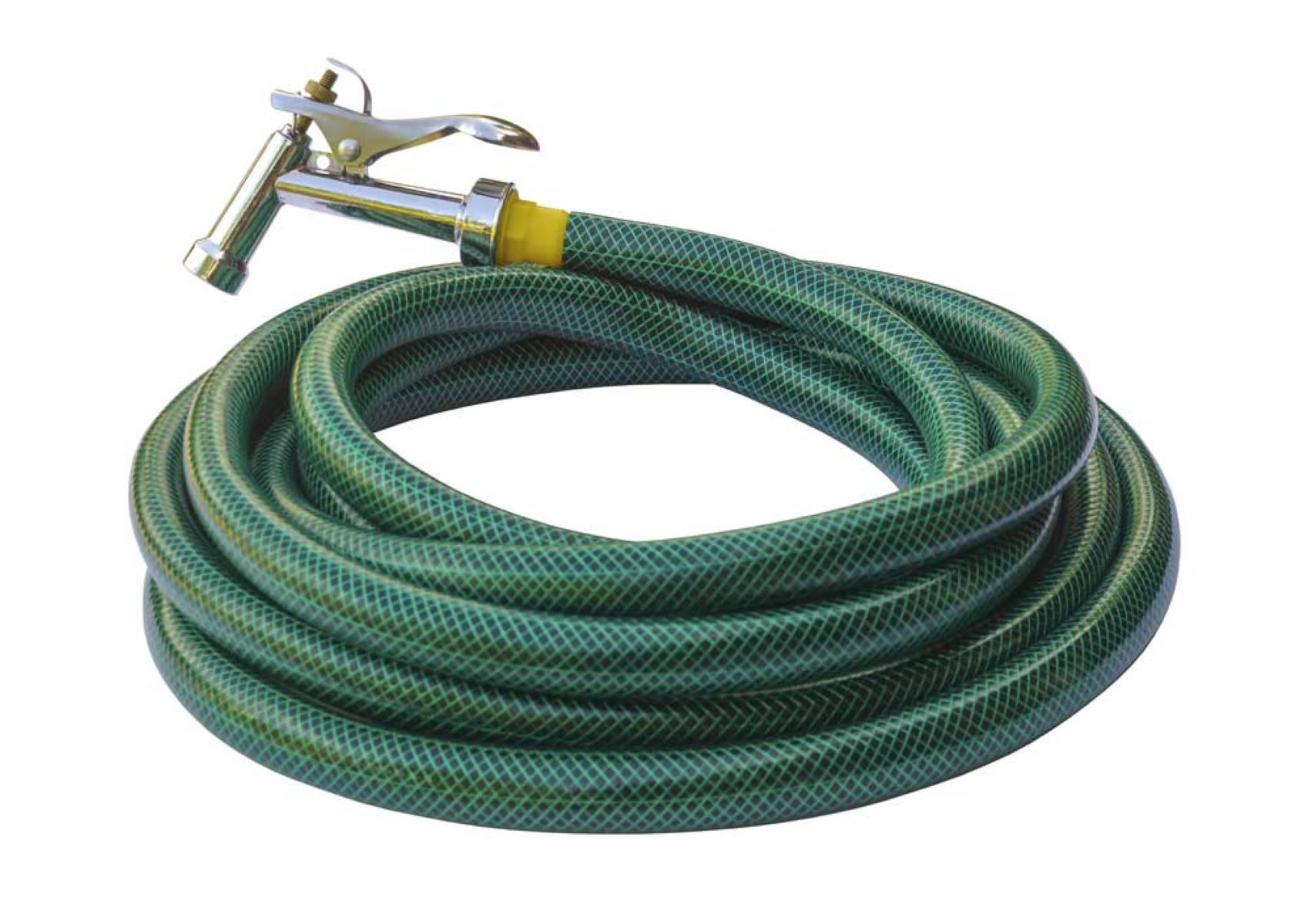

Articles
How To Store Water Hose
Modified: January 9, 2024
Learn how to properly store your water hose with these helpful articles. Prevent damage and prolong the lifespan of your hose with these tips.
(Many of the links in this article redirect to a specific reviewed product. Your purchase of these products through affiliate links helps to generate commission for Storables.com, at no extra cost. Learn more)
Introduction
When it comes to gardening or maintaining a lush green lawn, a water hose is an essential tool. However, when the gardening season comes to an end or you need to store your water hose for any reason, it is important to do so properly to ensure its longevity and optimal performance for the next season.
Storing your water hose correctly not only prevents it from becoming tangled and damaged but also helps to maintain its flexibility and functionality for years to come. In this article, we will discuss the considerations you need to keep in mind before storing your water hose, how to clean and dry it properly, options for coiling or rolling your hose, the different storage options available, and best practices for storing your water hose. We will also touch on winterizing and long-term storage for those who live in colder regions.
By following these guidelines and taking the necessary precautions, you can ensure that your water hose remains in top condition and is ready for use whenever you need it.
Key Takeaways:
- Properly storing your water hose is crucial for maintaining its longevity and performance. Inspect, clean, and dry the hose before coiling or rolling it for storage. Choose a suitable storage option and implement best practices to ensure its optimal condition.
- When winterizing or storing your water hose for the long term, take extra precautions to protect it from freezing temperatures and potential damage. Drain the hose completely, store it in a climate-controlled space, and consider insulating it for added protection.
Read more: How To Store Hoses
Considerations Before Storing Your Water Hose
Before you start the process of storing your water hose, there are a few important considerations to keep in mind:
- Inspect for Damage: Before you store your water hose, carefully inspect it for any signs of damage such as cracks, leaks, or weak spots. If you find any issues, it is recommended to address them before storing the hose to prevent further damage.
- Clean the Hose: It is crucial to clean your water hose thoroughly before storing it. Remove any dirt, debris, or vegetation that may have accumulated on the surface. This helps prevent the growth of mold or other contaminants while the hose is in storage.
- Drain completely: Make sure to drain your water hose completely to remove any leftover water. Excess water can freeze and expand, causing the hose to crack or burst during freezing temperatures.
- Disconnect from the Water Source: Before storing your water hose, always disconnect it from the water source. This prevents any unexpected water flow and minimizes the risk of damage to your faucet or internal plumbing.
- Consider Hose Length: Take into account the length of your hose when choosing a storage option. If you have a longer hose, you may need a larger storage reel or container to accommodate its size.
- Keep in a Protected Area: When choosing a storage location, consider keeping your water hose in a protected area, away from direct sunlight and extreme temperatures. Exposure to harsh weather conditions can degrade the quality of the hose over time.
By taking these considerations into account before storing your water hose, you can ensure that it remains in good condition and ready for use when the gardening season returns.
Cleaning and Drying Your Water Hose
Properly cleaning and drying your water hose before storing it is essential to maintain its integrity and prevent any potential issues. Here are the steps you should follow:
- Disconnect from the water source: Before cleaning your water hose, make sure to disconnect it from the water source to avoid any accidental water flow.
- Remove any attachments: If your water hose has any attachments such as spray nozzles or sprinkler heads, remove them before cleaning. This allows for a thorough cleaning of the hose.
- Rinse the hose: Use a garden hose or a bucket of clean water to rinse the entire length of your water hose. This helps to remove any loose dirt or debris on the surface.
- Scrub with mild soap: After rinsing, fill a bucket with warm water and add a mild soap or hose cleaning solution. Use a soft brush or sponge to scrub the surface of the hose, paying extra attention to any stubborn dirt or stains.
- Rinse thoroughly: Once you have scrubbed the hose, thoroughly rinse it with clean water to remove any soap residue. The hose should be free of any soapy residue before drying.
- Drying the hose: After rinsing, hang or lay out your water hose in a straight line in a well-ventilated area. Let it air dry completely. Avoid drying the hose under direct sunlight as this can cause the material to deteriorate. Make sure both the exterior and interior of the hose are dry.
By following these cleaning and drying steps, you can ensure that your water hose is free from dirt, debris, and moisture, minimizing the risk of mold or rot while in storage. This process helps to maintain the hose’s durability and functionality for the long term.
Coiling or Rolling Your Water Hose
Once you have cleaned and dried your water hose, the next step is to properly coil or roll it for storage. This helps to prevent tangles, kinks, and damage to the hose. Here are some tips to effectively coil or roll your water hose:
- Choose the right method: There are two common methods for coiling or rolling a water hose: the over-under coil and the simple roll. Both methods work well, so choose the one that is most comfortable and convenient for you.
- Over-under coil: This method involves alternating the direction of the coils. Start by making a small loop with the hose, holding it with one hand. With your other hand, bring the hose in the opposite direction to create a larger loop. Continue alternating the direction of the loops until the entire hose is coiled.
- Simple roll: This method involves rolling the hose in a circular motion without alternating the direction of the coils. Start by holding one end of the hose and roll it tightly in a clockwise or counterclockwise direction until the entire hose is rolled.
- Avoid kinks: When coiling or rolling your water hose, pay attention to avoid any kinks or twists in the hose. Kinks can cause damage to the hose and affect water flow when in use.
- Secure the ends: Once you have coiled or rolled the hose, secure the ends to prevent it from unraveling. You can use hose ties, Velcro straps, or even zip ties to secure the ends tightly.
- Store in a hose reel or container: If you have a hose reel or storage container, place the coiled or rolled hose inside for added protection. This keeps the hose organized and prevents it from becoming tangled or damaged.
By following these techniques for coiling or rolling your water hose, you can ensure that it remains in good condition and is easy to use when you need it again. Taking the time to properly coil or roll your hose will save you from frustration and potential damage in the long run.
To store a water hose, first drain all the water from it. Then, coil it up and hang it on a hose reel or hook to prevent kinks and tangles. Store it in a dry, shaded area to prolong its lifespan.
Choosing the Right Storage Option
When it comes to storing your water hose, there are several storage options available to suit your needs and space constraints. Here are some options to consider:
- Hose reel: A hose reel is a convenient and popular option for storing a water hose. It provides a structured and organized way to keep your hose tangle-free. Hose reels can be wall-mounted or freestanding, depending on your preference and available space.
- Hose hanger: A hose hanger is a simple and cost-effective option for storing your water hose. It typically consists of a metal or plastic hook that can be mounted to a wall or fence. Hose hangers keep your hose off the ground and prevent it from getting tangled.
- Storage container: If you prefer a more discreet storage solution, you can use a storage container specifically designed for water hoses. These containers are typically waterproof and protect your hose from the elements.
- Coiled storage: If you have limited space, you can consider storing your water hose in a coiled position. This can be done by hanging the coiled hose on a hook or storing it in a bucket or plastic bin.
- Storage bag: Another option is to use a storage bag designed for water hoses. These bags are usually made of durable fabric or canvas and provide a compact and portable solution for hose storage.
When choosing a storage option, consider factors such as the length of your hose, available space, and personal preference. It is important to select a storage option that protects your hose from the elements, prevents tangling and damage, and is easily accessible when you need to use it again.
Remember to ensure that your chosen storage option allows for proper ventilation and helps to keep your hose dry, as moisture can lead to mold or deterioration of the hose over time. By selecting the right storage option, you can prolong the lifespan of your water hose and make gardening tasks more efficient and enjoyable.
Read more: How To Store A Hose
Storing Your Water Hose: Best Practices
Now that you have cleaned your water hose and chosen a suitable storage option, it’s time to implement some best practices for storing your hose. Follow these guidelines to ensure optimal storage:
- Avoid sharp bends: When placing your water hose in storage, avoid sharp bends or kinks that can damage the hose. Maintain a smooth and gentle curve to preserve the integrity of the hose.
- Protect from extreme temperatures: Store your water hose in a location where it is protected from extreme temperatures. Exposure to excessive heat or cold can degrade the hose material and shorten its lifespan.
- Keep away from direct sunlight: Direct sunlight can cause the hose material to deteriorate over time. Store your hose in a shaded area or use a storage solution that offers UV protection.
- Avoid contact with chemicals: Keep your water hose away from any chemicals or solvents that could potentially damage the hose material. This includes storing it separately from lawn care products or fertilizers.
- Regularly check for pests: Periodically inspect your stored water hose for any signs of pests or rodents. They can chew through the hose and cause irreversible damage.
- Secure the storage: Ensure that your chosen storage option is secure and stable. This prevents it from falling or tipping over, which can damage the hose or pose a safety hazard.
- Label or mark lengths: If you have multiple hoses or different lengths, consider labeling or marking them for easy identification. This saves time and eliminates the need to unravel and measure each hose when you need to use it.
- Maintain proper ventilation: Ensure that your storage solution allows for proper ventilation to prevent the build-up of moisture and allow for air circulation.
By following these best practices, you can ensure that your water hose remains in good condition during storage. Taking the time to store your hose properly will not only extend its lifespan but also save you from potential frustrations and time-consuming repairs in the future.
Winterizing and Long-term Storage
If you live in a region with freezing temperatures or you plan on storing your water hose for an extended period, it is important to take additional steps to protect your hose. Here are some tips for winterizing and long-term storage:
- Drain the hose completely: Before winterizing your water hose, ensure that it is completely drained of water. Any remaining water can freeze and expand, causing the hose to crack or burst. Disconnect the hose from the water source and let the water drain out completely.
- Store in a climate-controlled space: If possible, store your water hose in a climate-controlled area where the temperature remains above freezing. This can be a basement, garage, or any other place that protects the hose from extreme cold temperatures.
- Consider insulating the hose: For extra protection during winter storage, you can insulate your water hose using foam pipe insulation or heat tape. This helps to prevent freezing and potential damage caused by low temperatures.
- Consider using a hose bib cover: If your water hose is connected to an outdoor faucet, consider using a hose bib cover. This cover protects the faucet from freezing and helps to insulate the hose connection.
- Check for leaks or damage: Before storing your hose for an extended period, inspect it for any leaks or damage. Address any issues before storage to avoid further damage and deterioration during the storage period.
- Revisit storage on a periodic basis: If you are storing your water hose for a long period, it is a good idea to check on it periodically. This allows you to ensure that it remains in good condition and make any necessary adjustments to the storage setup.
- Follow the manufacturer’s guidelines: Always refer to the manufacturer’s guidelines and recommendations for storing your specific type of water hose. Different materials and brands may have specific instructions for winterizing and long-term storage.
By taking these extra precautions for winterizing and long-term storage, you can protect your water hose from potential damage caused by freezing temperatures or prolonged storage. This ensures that your hose will be ready for use when the gardening season returns or when you need it again.
Conclusion
Properly storing your water hose is essential for maintaining its longevity and performance. Whether you are preparing for the end of the gardening season or need to store your hose for any other reason, following the right practices can save you from potential damage, frustrations, and costly repairs in the future.
Before storing your water hose, take the time to inspect it for any damage, clean it thoroughly, and ensure it is completely dry. Considerations such as hose length, storage options, and protecting it from extreme temperatures are important factors to keep in mind.
When coiling or rolling your water hose, choose a method that works best for you and avoid any sharp bends or kinks. Select a suitable storage option such as a hose reel, hanger, storage container, or coiled storage, depending on your needs and available space.
Implementing best practices such as avoiding direct sunlight, protecting the hose from chemicals, regularly checking for pests, and maintaining proper ventilation will help ensure that your water hose remains in good condition during storage.
If you live in an area with freezing temperatures or plan on long-term storage, take additional steps for winterizing the hose, including draining it completely and storing it in a climate-controlled space. Insulating the hose and using hose bib covers can provide extra protection against freezing.
By following these guidelines and taking the necessary precautions, you can prolong the lifespan of your water hose, minimize the risk of damage, and ensure that it is ready for use whenever you need it. Properly stored and maintained, your water hose will continue to serve you well in your gardening and outdoor activities for many seasons to come.
Frequently Asked Questions about How To Store Water Hose
Was this page helpful?
At Storables.com, we guarantee accurate and reliable information. Our content, validated by Expert Board Contributors, is crafted following stringent Editorial Policies. We're committed to providing you with well-researched, expert-backed insights for all your informational needs.
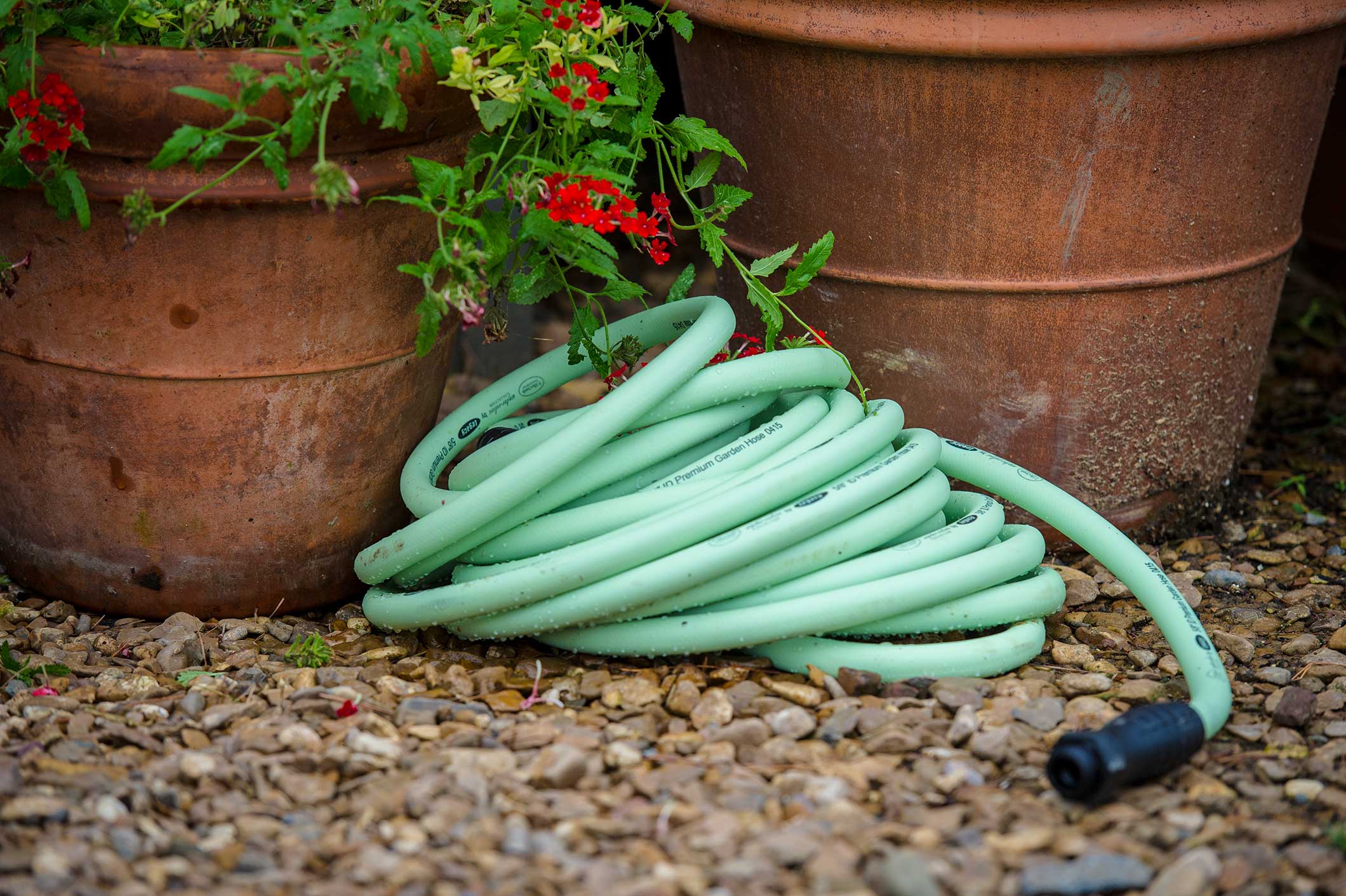
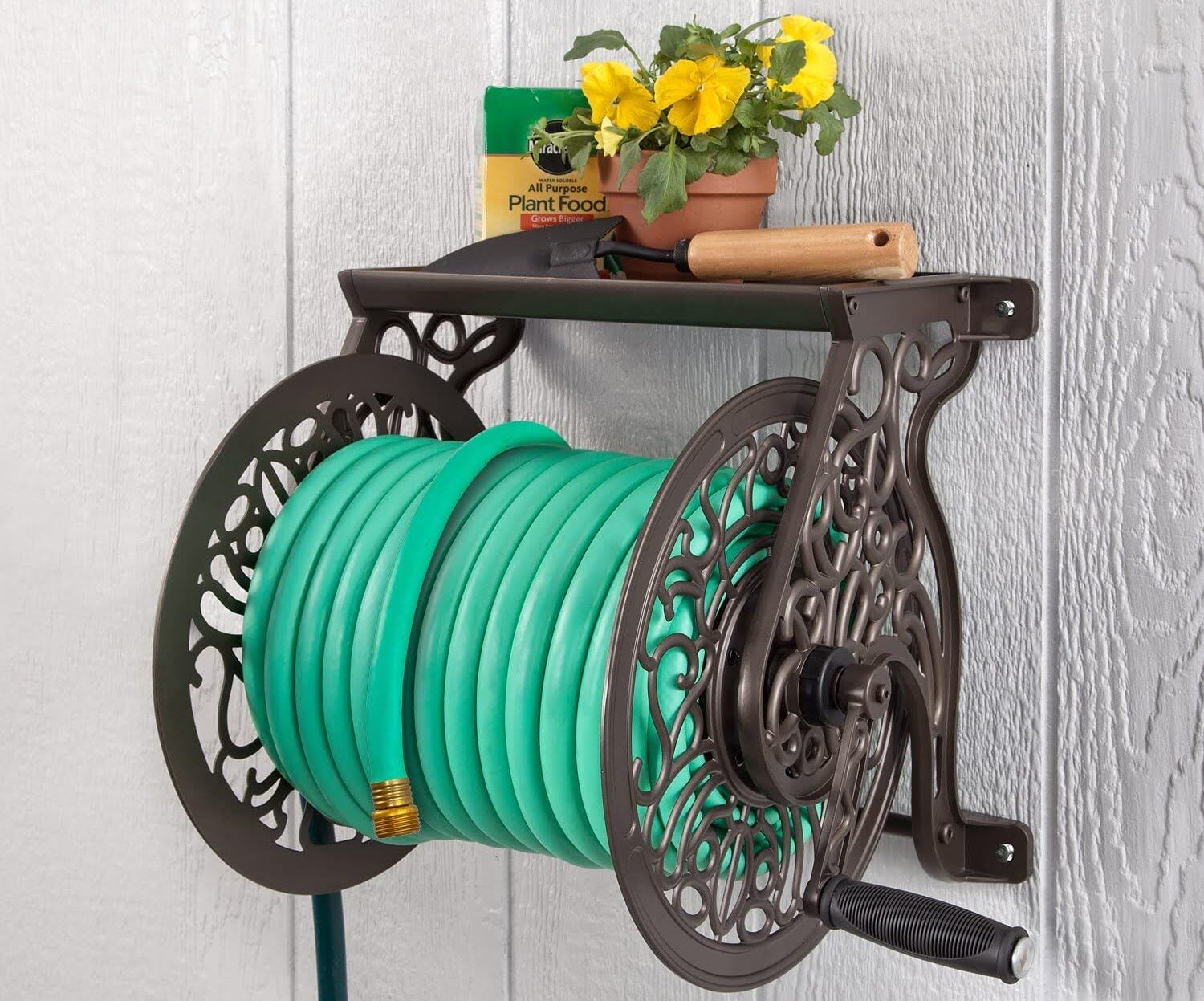
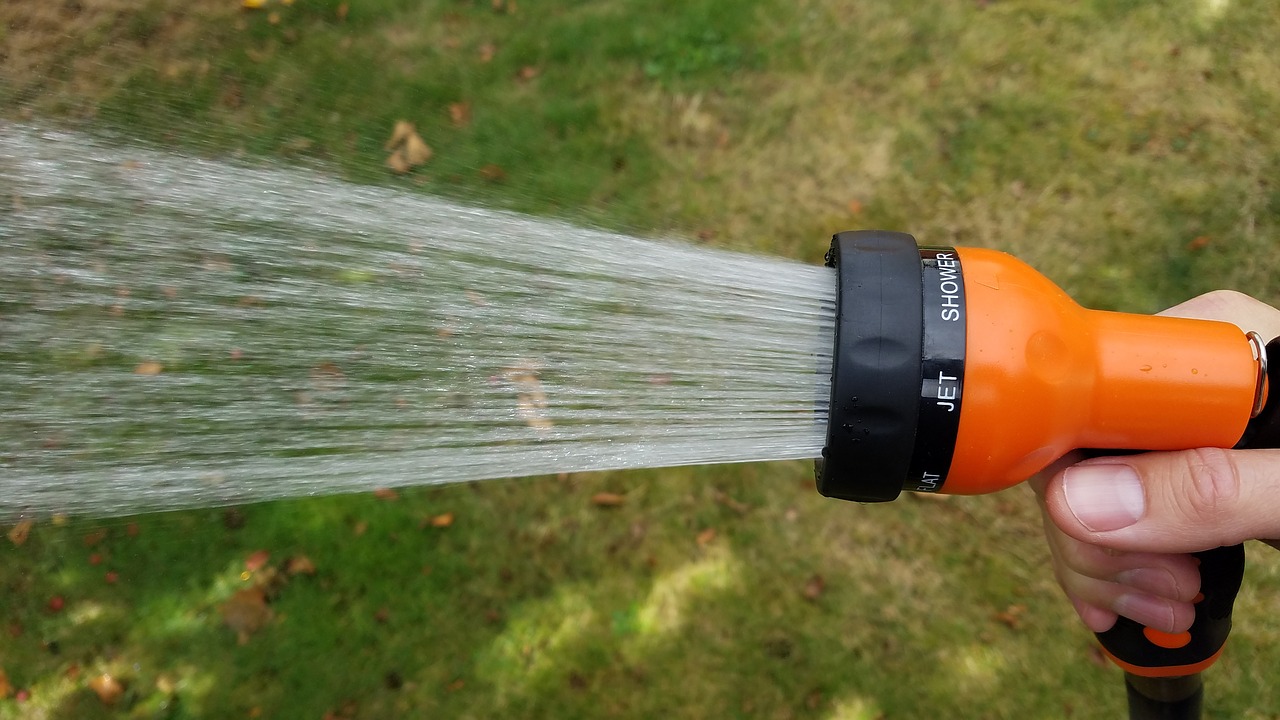
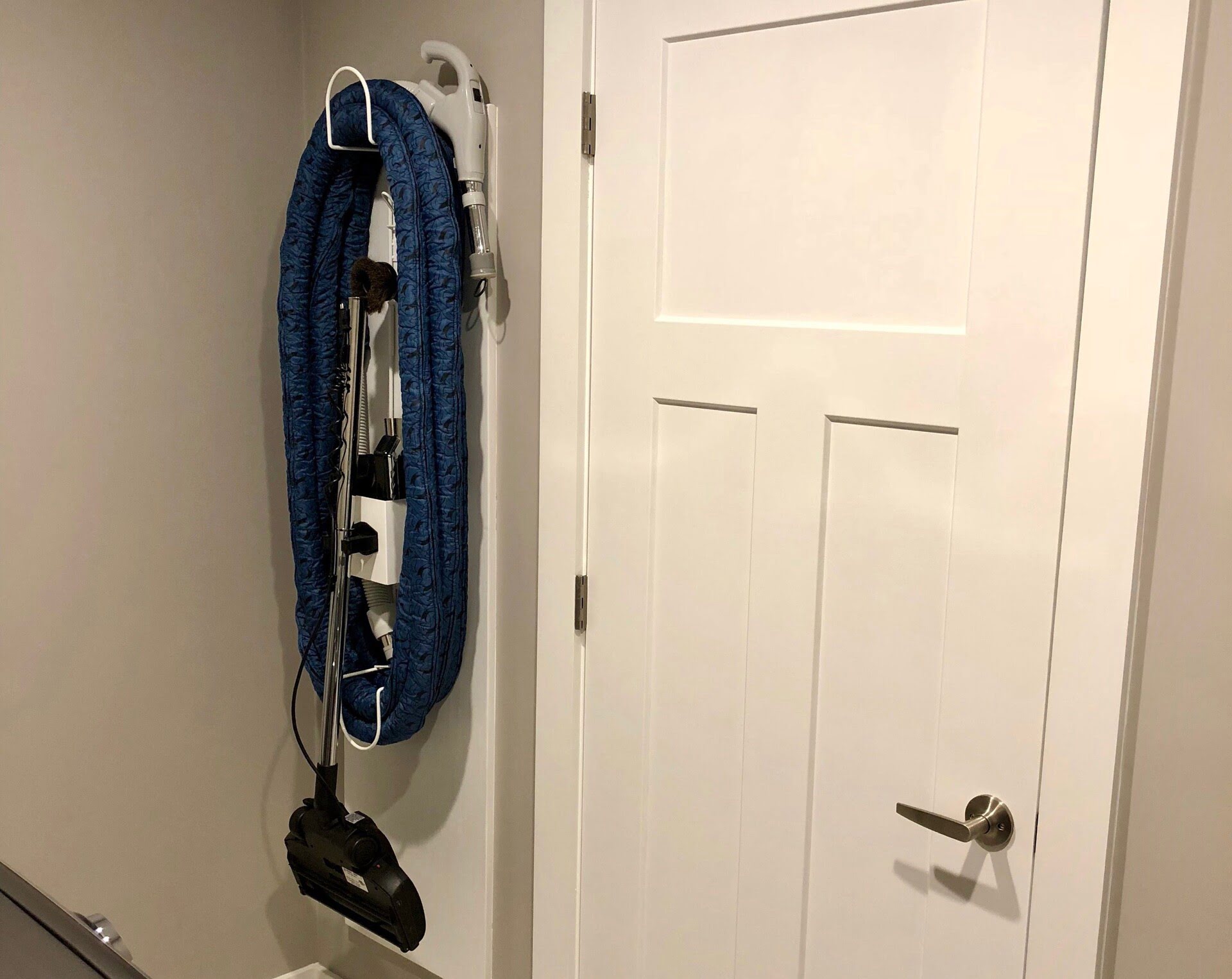
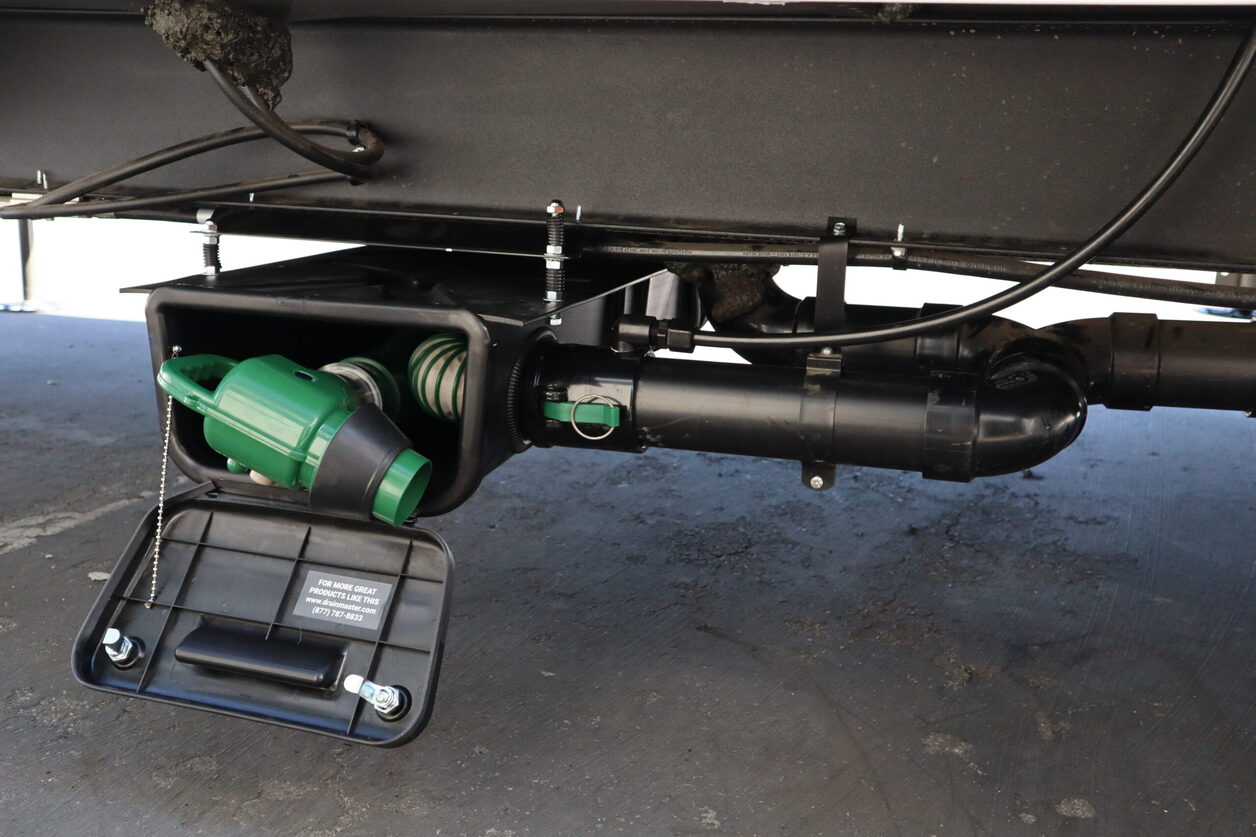
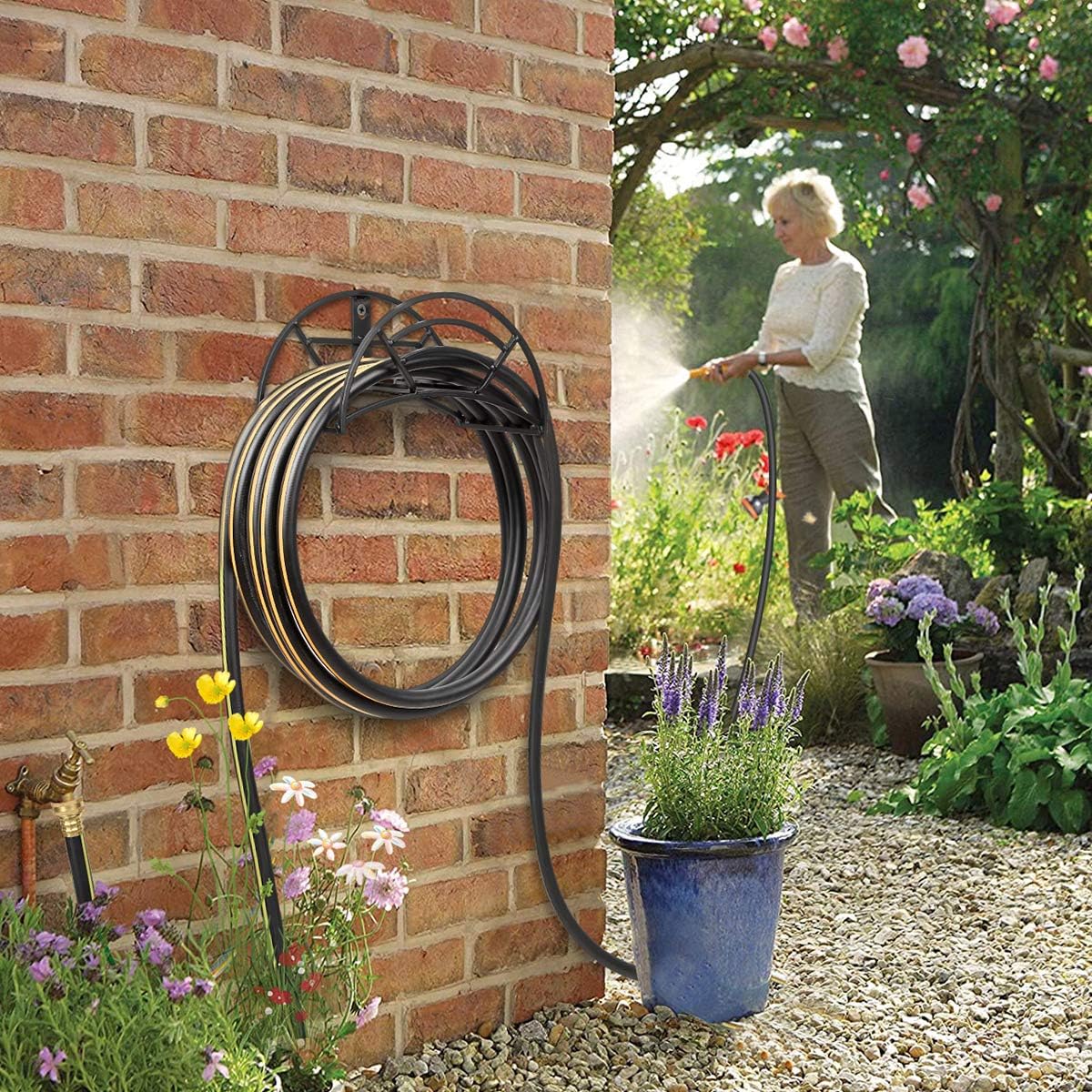
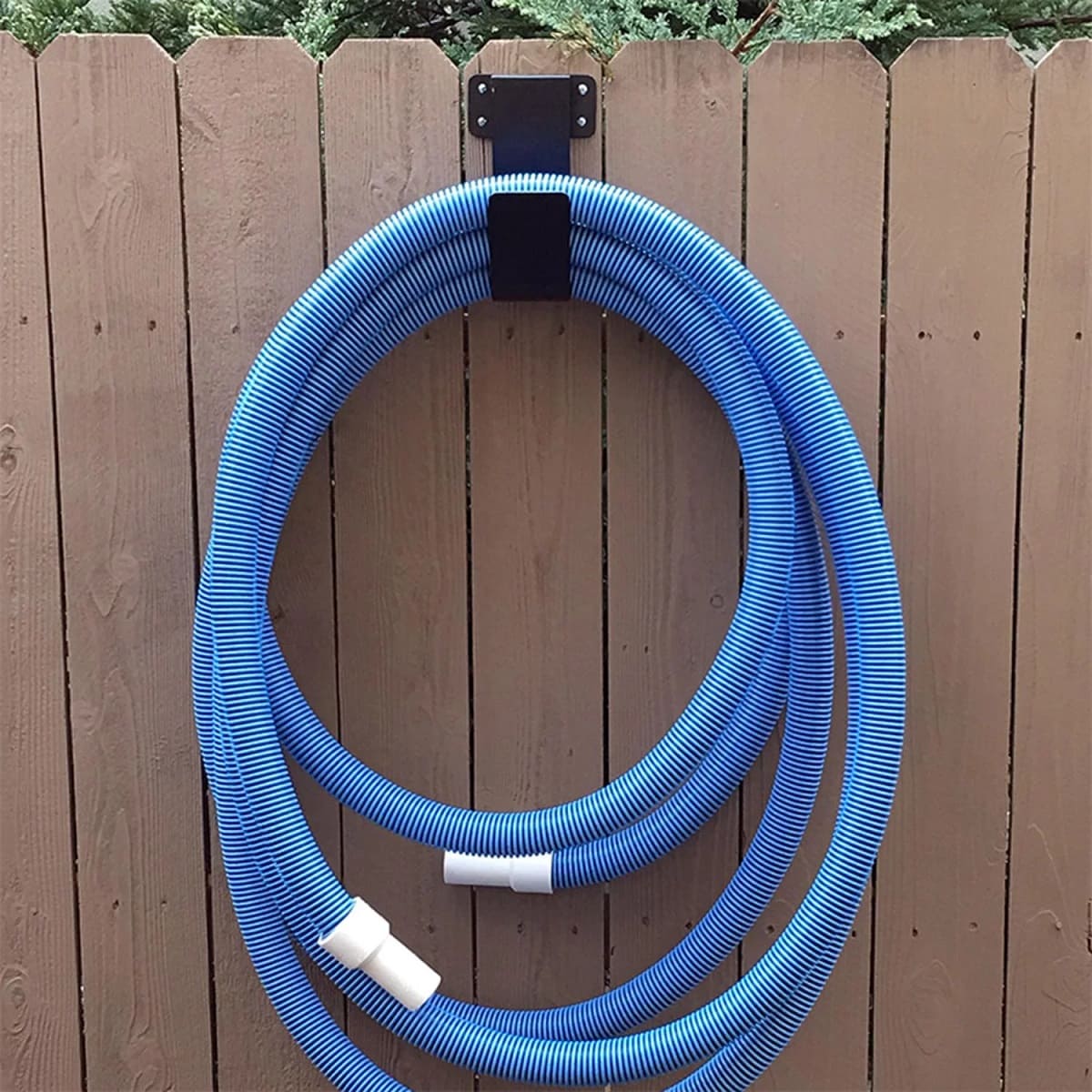
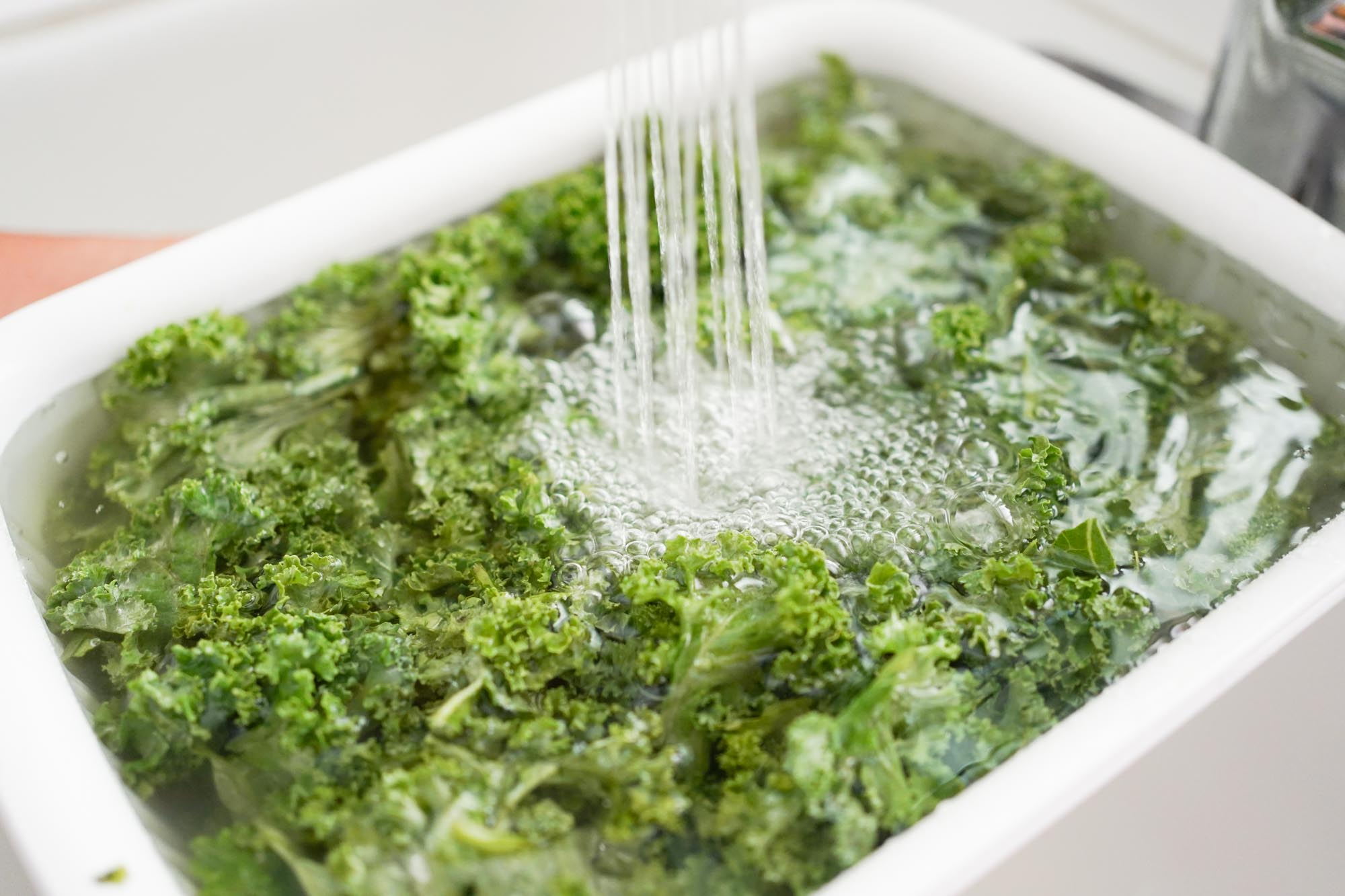

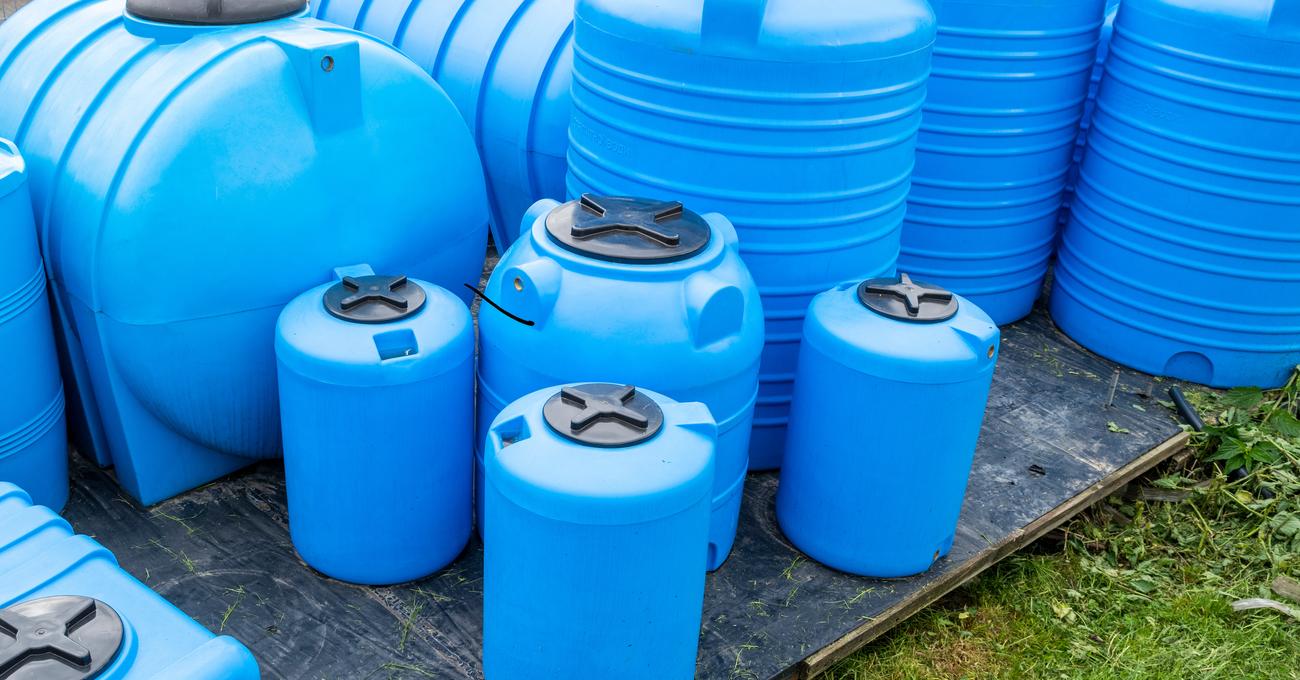
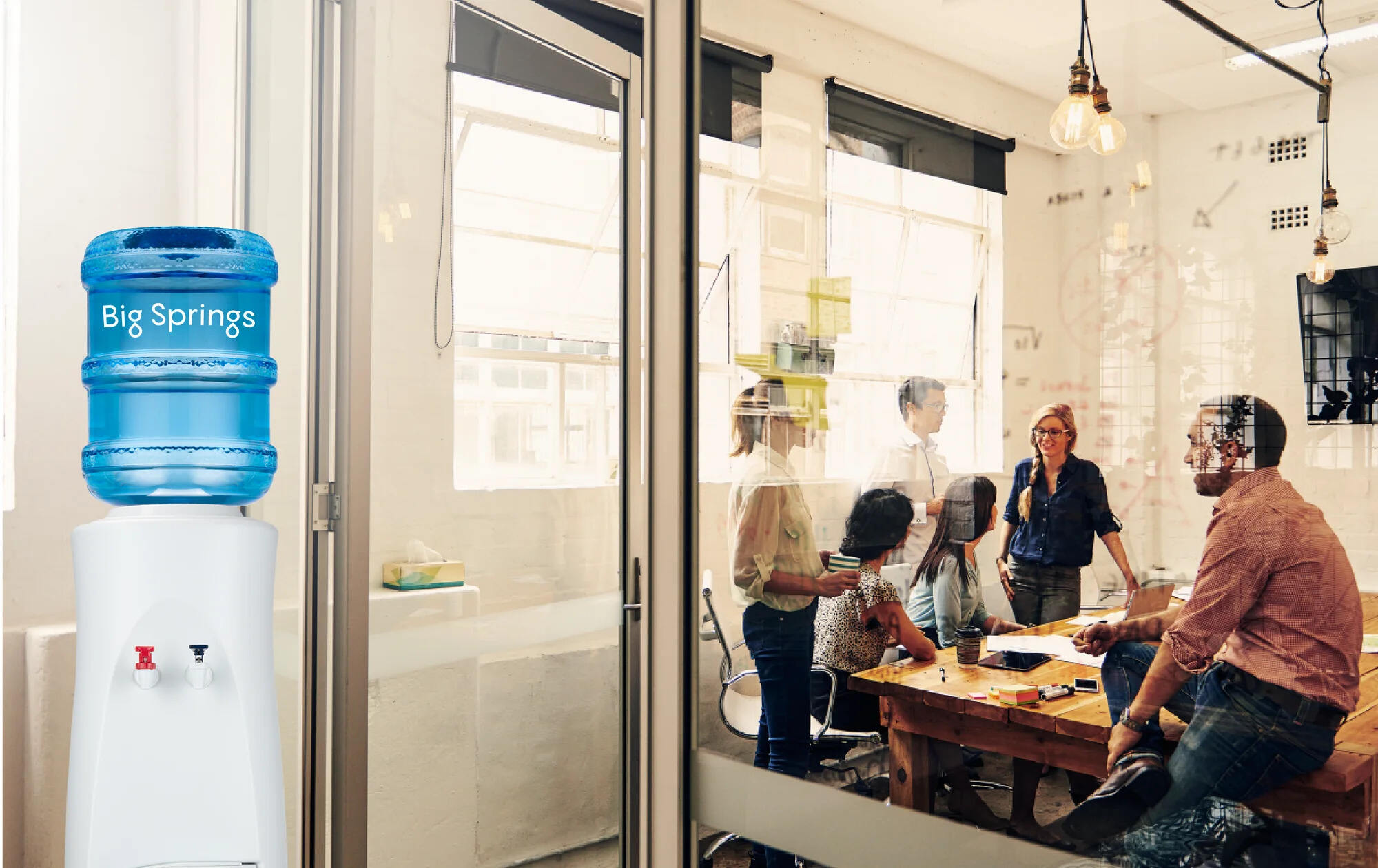
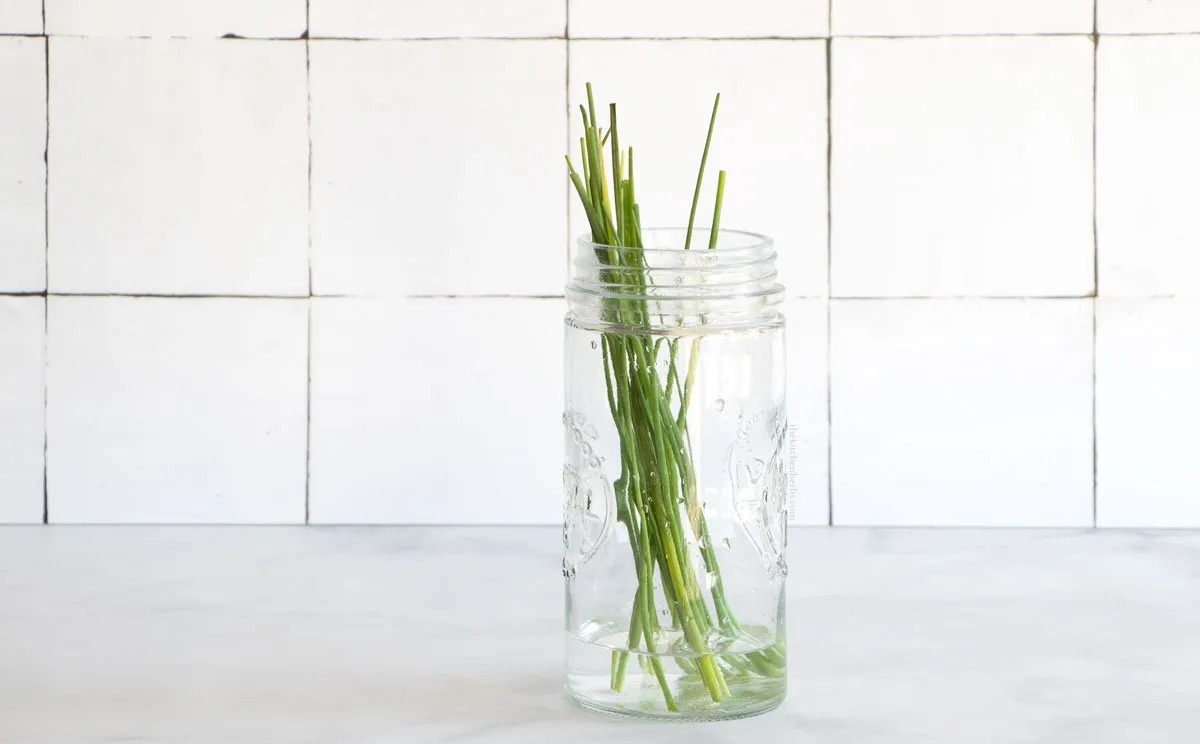
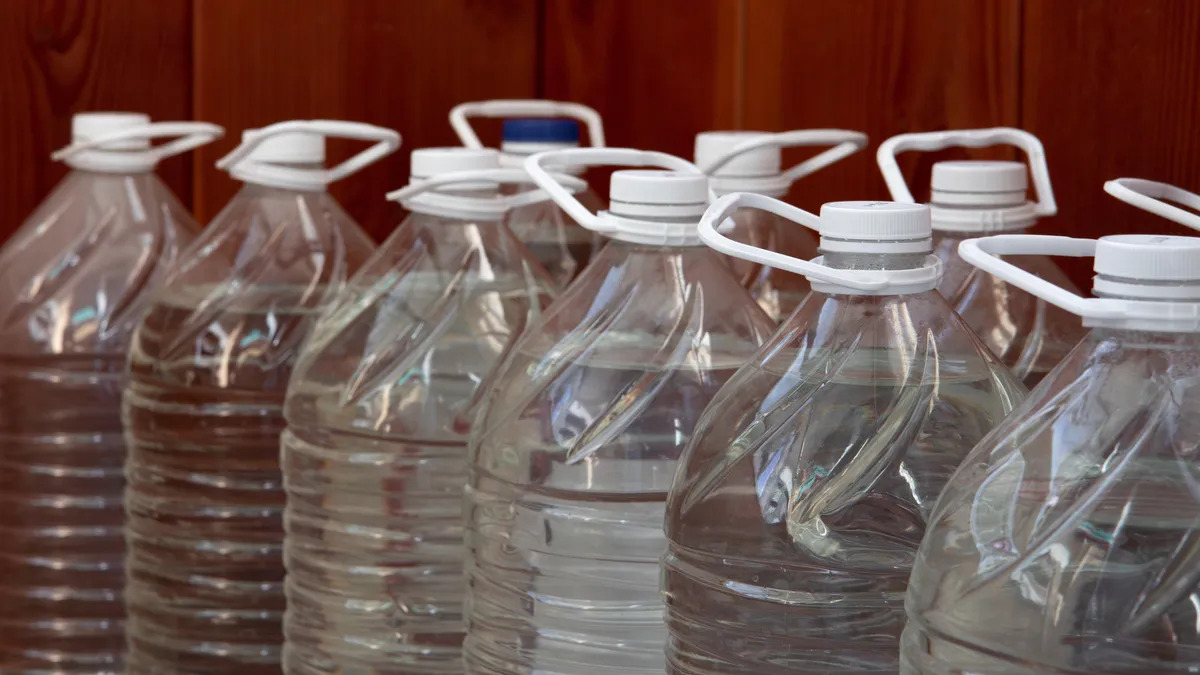
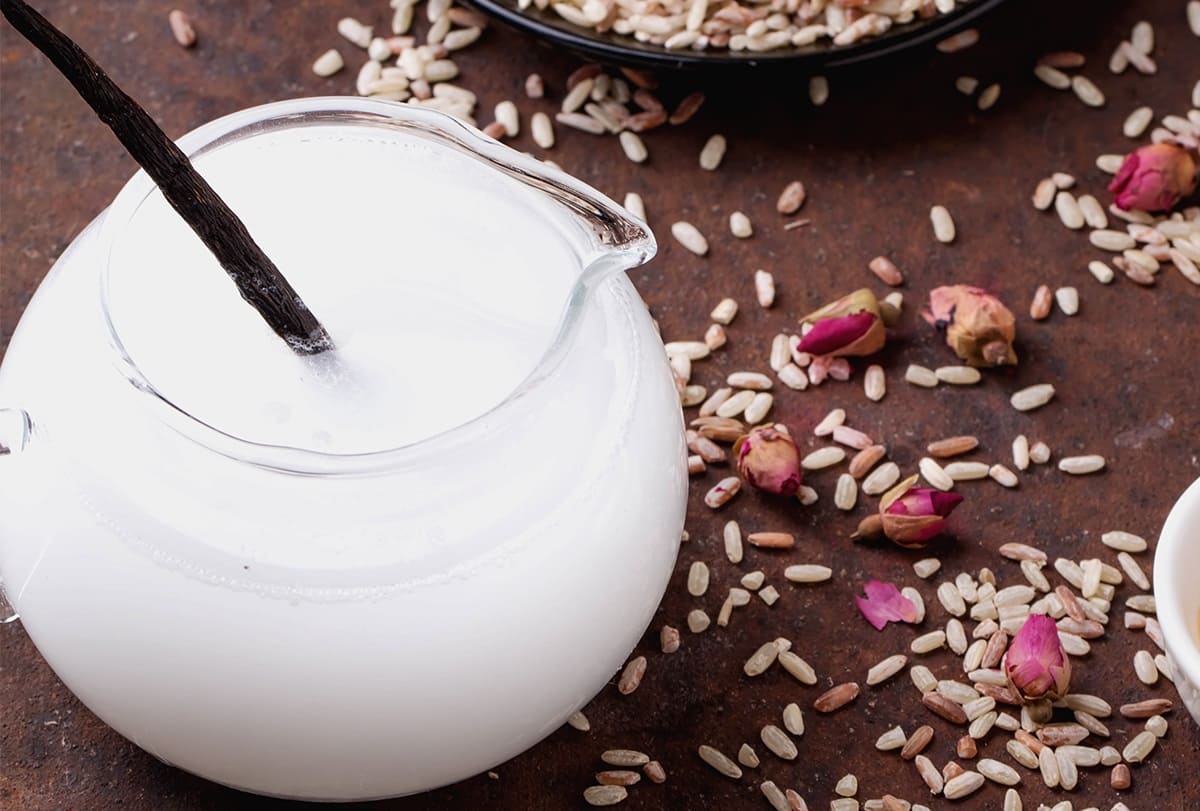

0 thoughts on “How To Store Water Hose”